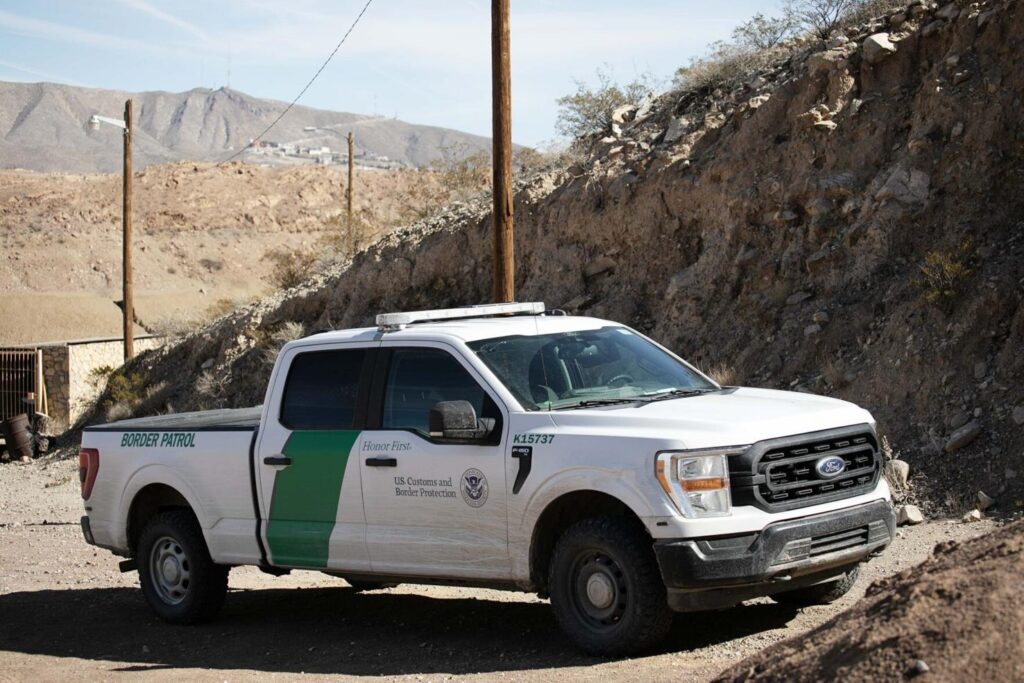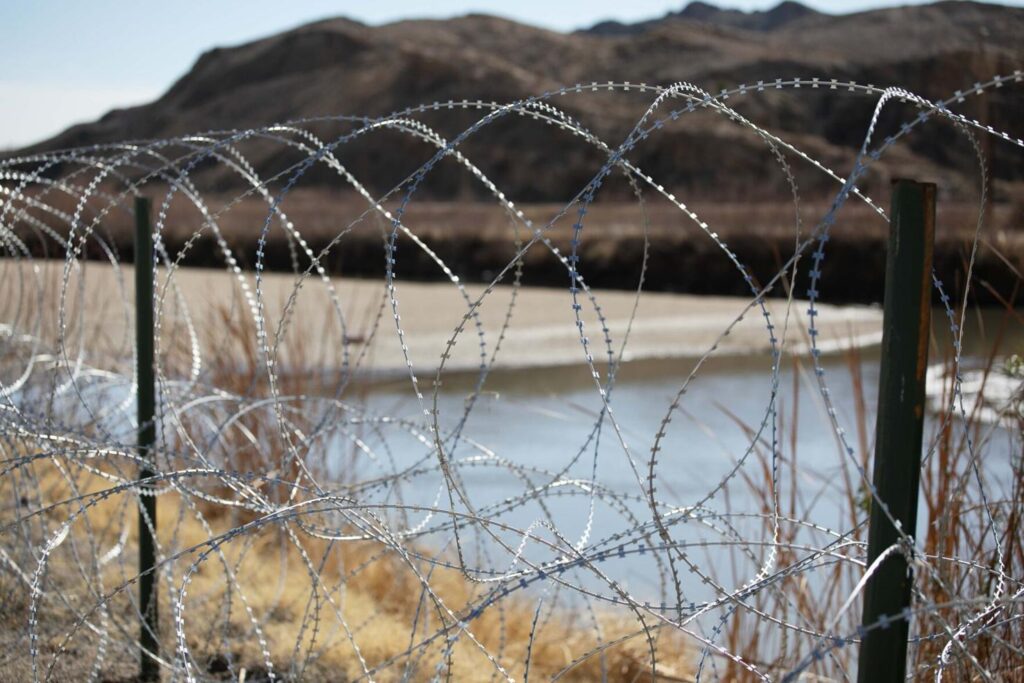Editor’s note: Welcome to the Denver Gazette’s Border Crossroads, a series of dispatches from America’s southern border, where reporter Nico Brambila and multimedia producer Tom Hellauer are chronicling the crisis that is spilling over into Denver and other interior cities.
EL PASO, Texas — Border crossings in El Paso, Texas, are down, but officials in this West Texas town do not expect the reprieve to last.
While Denver officials are unsure how many of the more than 38,000 immigrants from Central and South America who crossed the border illegally came through El Paso, one thing appears clear — the surges in this border town can be felt 600 miles away in Colorado’s most populous city.
Officials here in El Paso are bracing for more arrivals.
Releases by U.S. Customs and Border Protection in El Paso correspond to the waves of arriving immigrants to Denver.

Just 181 immigrants were released in El Paso on Monday, according to the city’s dashboard.
Denver saw just 42 new arrivals.
That’s a far cry from the 2,000 El Paso had been seeing daily, which translated to 100- to 200-plus immigrants arriving overnight in Denver.
“Arrivals are down at the moment, but I wouldn’t be surprised if they came back up again soon,” said Jon Ewing, a Denver Human Services spokesman.
Denver Human Services has managed the humanitarian response since the city lifted its emergency declarations.
Ewing does not know how many of the 38,186 immigrants who have come to Denver over the past 13 months illegally crossed the U.S. border into El Paso, the busiest and closest port of entry to Colorado.
To qualify for emergency shelter in El Paso — as well as in Denver — immigrants must have been processed and released by CBP.
While they are allowed to stay in the U.S. for a specific period, pending their asylum case, they do so without the ability to work legally, something for which Denver Mayor Mike Johnston has been advocating.
The streets in El Paso on Monday had none of the telltale signs to which Denver residents have grown accustomed, a city bursting at the seams with immigrants.
There are no popup encampments with tents and trash and homeless immigrants loitering the streets.
No immigrants carrying signs looking for work.
But that hasn’t always been the case.
In the weeks leading up to Title 42 sunsetting last May, hundreds of immigrants, many who had crossed the border illegally, had begun camping in the streets downtown near Sacred Heart Church. (Title 42 was the Trump administration policy to curb the spread of COVID-19 that allowed the U.S. to expel immigrants at the southern border quickly.)
The church has acted as a refuge for immigrants since El Paso began experiencing an unprecedented surge in border crossings in December 2022, which coincides with the influx in Denver.
Officials in El Paso estimated that about 70% of these new arrivals started their journey to the United States in Venezuela, a country of about 33.7 million people on the northern coast of South America.
The country has descended into economic, humanitarian, and political chaos since Venezuelan President Nicolas Maduro assumed power in 2013. Maduro has jailed and banned political leaders, used food distribution as a means of social control, and viciously punished his political opponents.
More than 7.7 million Venezuelans have fled, according to the United Nations.
The roughly 3,000-mile trek necessitates passing through one of the most dangerous migration routes in the world, the Darien Gap, which is the only land-based path connecting South and Central America. The roughly 60-mile hike through the gap requires crossing rivers through a mountainous rainforest inhabited by criminal gangs.
“These folks came from very precarious situations and traveled thousands of miles to get here,” said El Paso County Commissioner David Stout. “The last thing they need is hatred and vitriol and people who are not compassionate.”
Most, however, won’t stay in El Paso.
“They don’t want to be here,” said Irene Gutierrez, executive director of El Paso County Community Services. “The closer they are to the border they think it’s easier for CBP or [U.S. Immigration and Customs Enforcement] to deport them. They’re afraid to stay here.”
And so many have pushed into America’s major cities, where their arrival has strained resources and compelled local leaders to press for federal action.
Both Democrats and Republicans alike agree that the crisis is unsustainable, particularly for cities that are diverting fiscal resources in order to feed, house, and transport immigrants.

“Healthcare, transportation, and housing are not free in Colorado — unless you’re an immigrant,” Rep. Ken Buck (R-CO) recently lamented on X, the social media platform.
“Taxpaying Coloradans cannot continue to shoulder the costs of Biden’s border crisis while the tax burden and cost of living in America continues to skyrocket,” he added.
“We are also a city right now that is facing a humanitarian crisis and a fiscal crisis unlike anything we’ve seen in the last 25 years,” Johnston said from across the partisan aisle, offering a different set of prescriptions that include work authorization and infusion of federal cash into Denver and other cities. “And that is the result of what we know is the ongoing influx of migrant arrivals who are seeking asylum in America and the system that is not adequately helping them to succeed.”
As the sixth most populous city in the Lone Star State, El Paso sits directly across from Ciudad Juarez in West Texas along the Rio Grande, which serves as a natural boundary between the U.S. and Mexico.
These immigrants, who often forge friendships on their trek to the U.S., have developed a savvy communications network using social media to pass along vital information about work, shelter, and transportation. (The 90 immigrants left to wander downtown in the cold a year ago had used social media to organize and travel to Denver, officials have said.)
They also know — Gutierrez and others have said — which immigration courts will be more friendly for their asylum case.
CLICK HERE TO READ MORE FROM THE WASHINGTON EXAMINER
“They fear staying on the border, and they know they’re not going to get asylum,” Gutierrez said. “There are more sympathetic judges in the interior of the country than they are here in El Paso.”
And that makes Denver an attractive alternative.
This article was originally published by the Denver Gazette.
